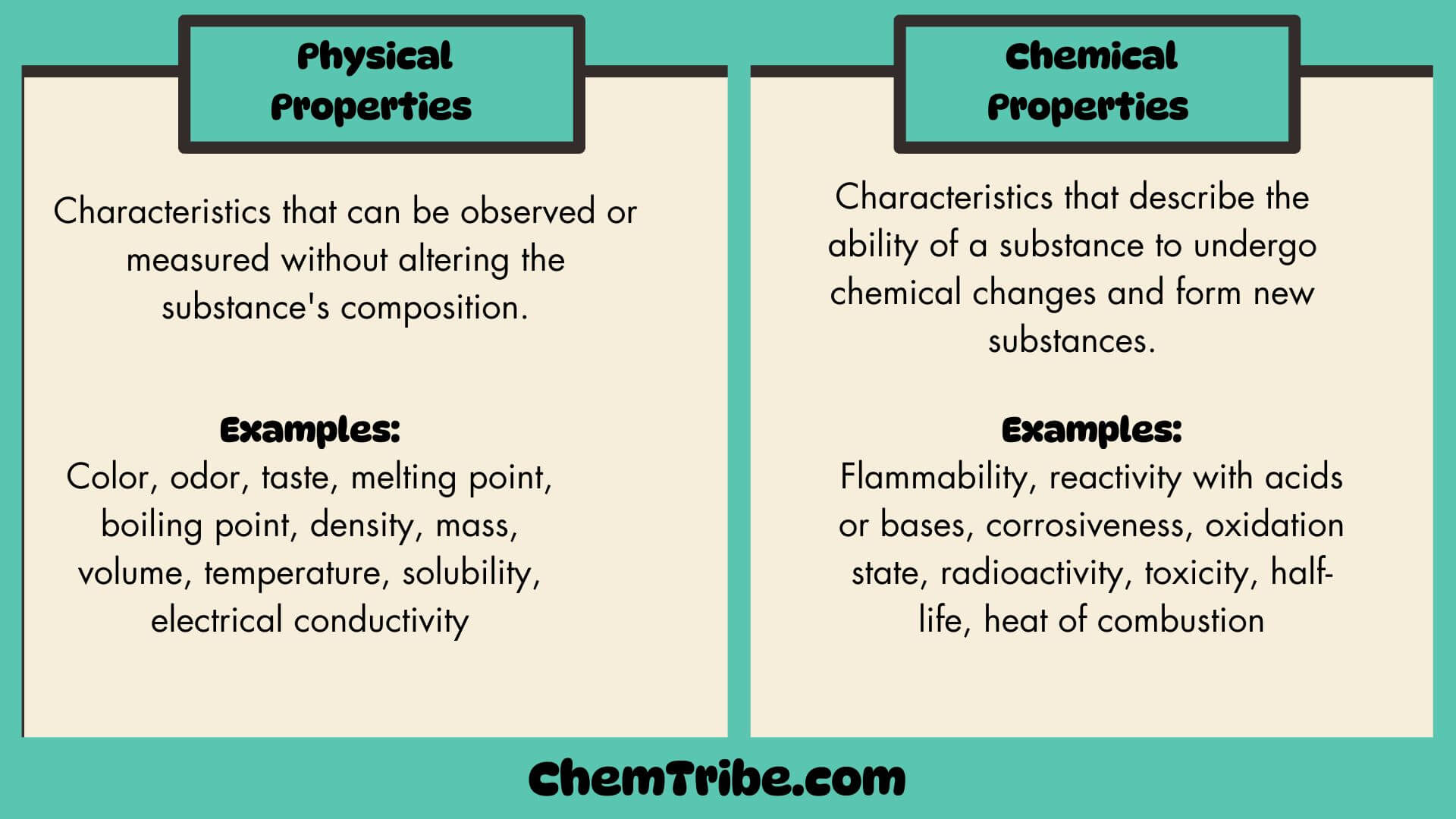Ring Stands: Uses, Types of Clamps, Areas of Application, & Safety
In chemistry laboratories, ring stands are used to hold and support pieces of apparatus (burettes, beakers, conical flasks, test tubes, funnels, etc.) during experiments. They are also called clamp stands, support stands, or retort stands. As you can see in the diagram 1 above, a ring stand has a heavy base (to make it more … Read more
